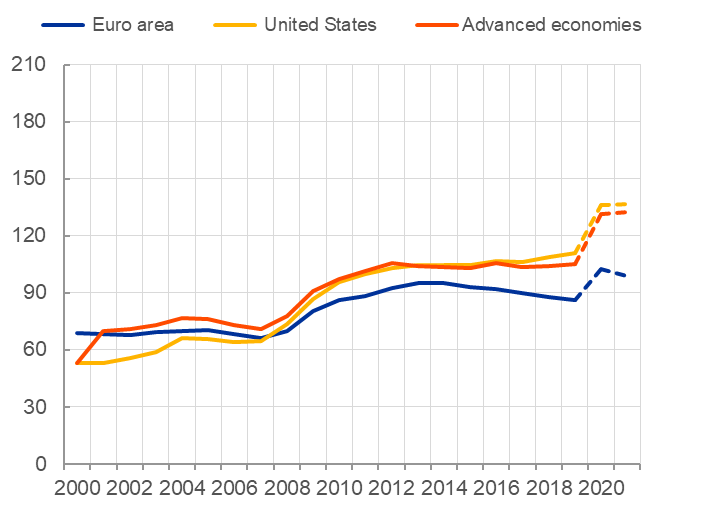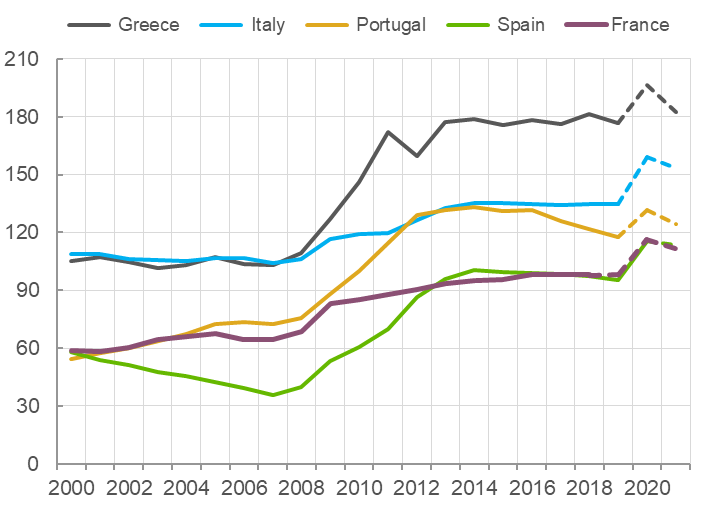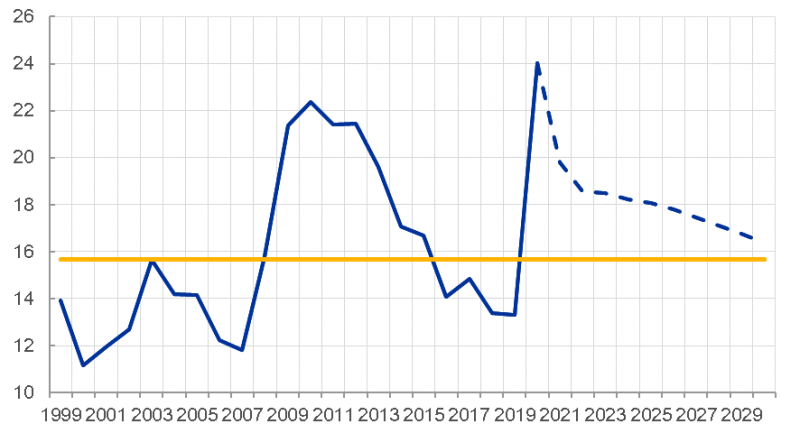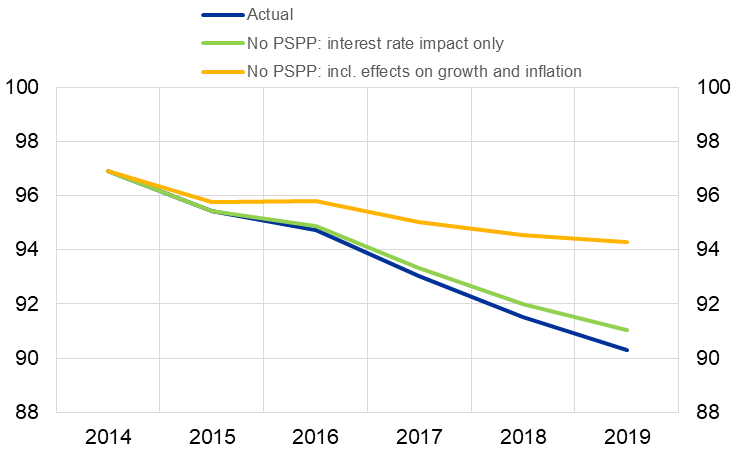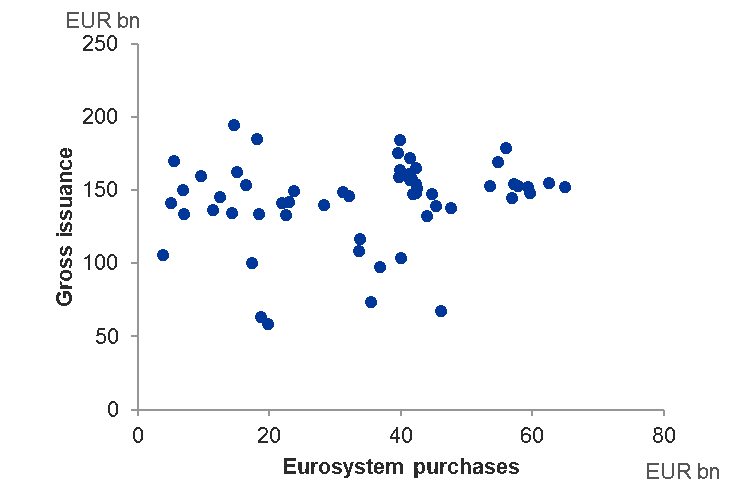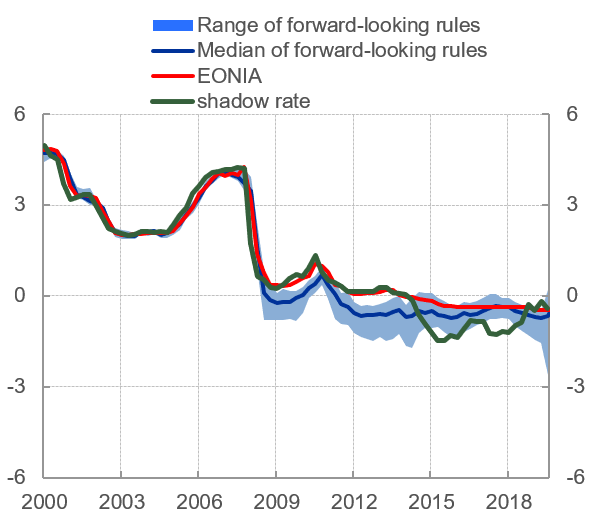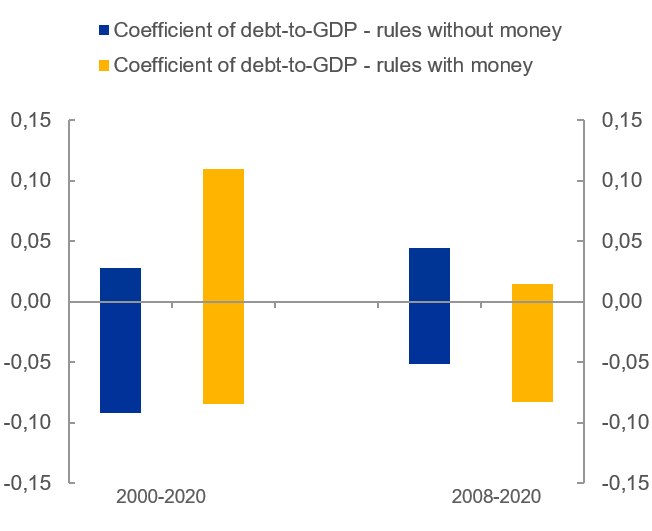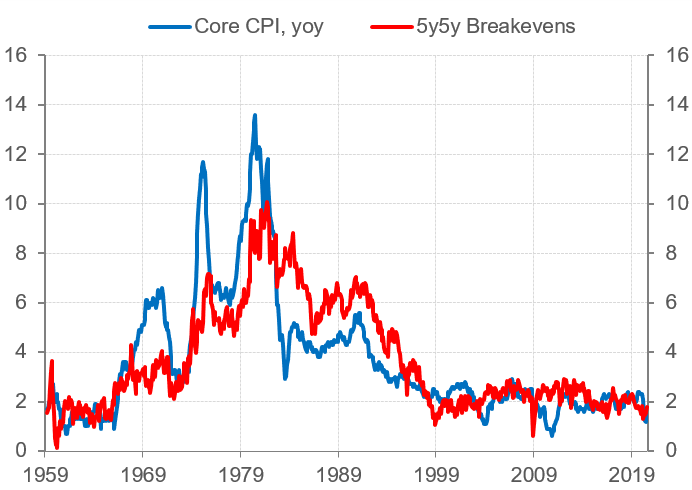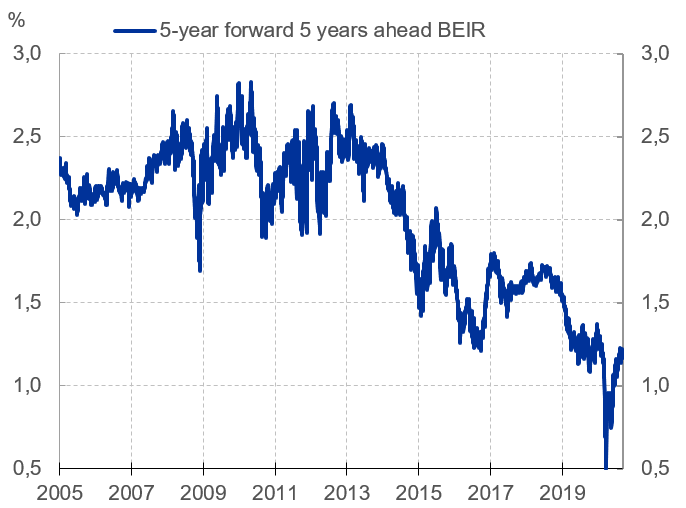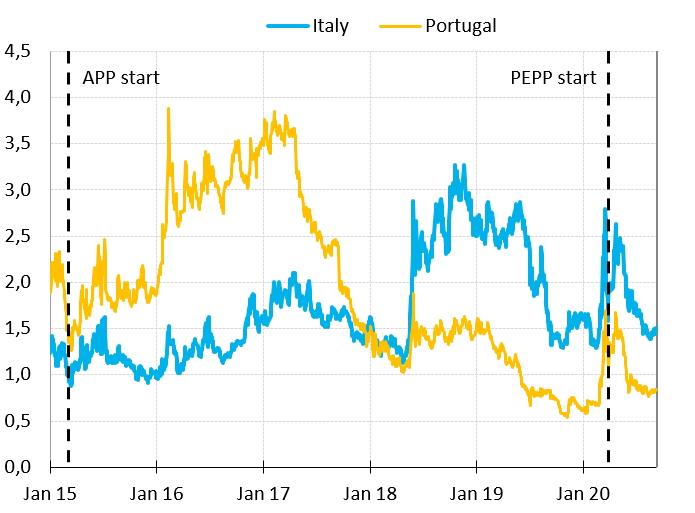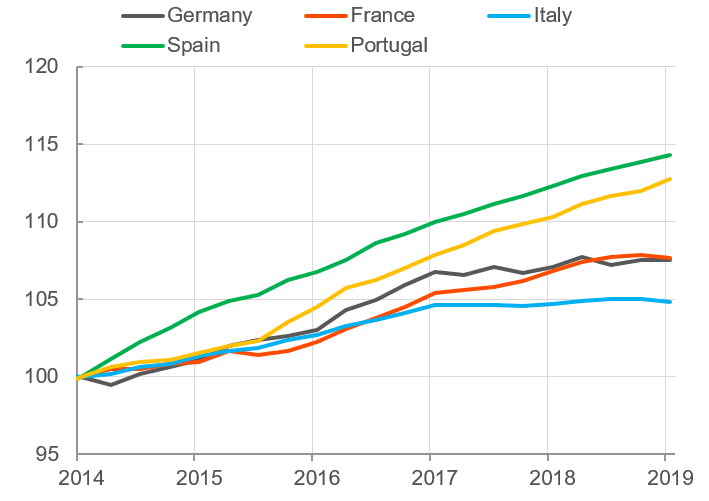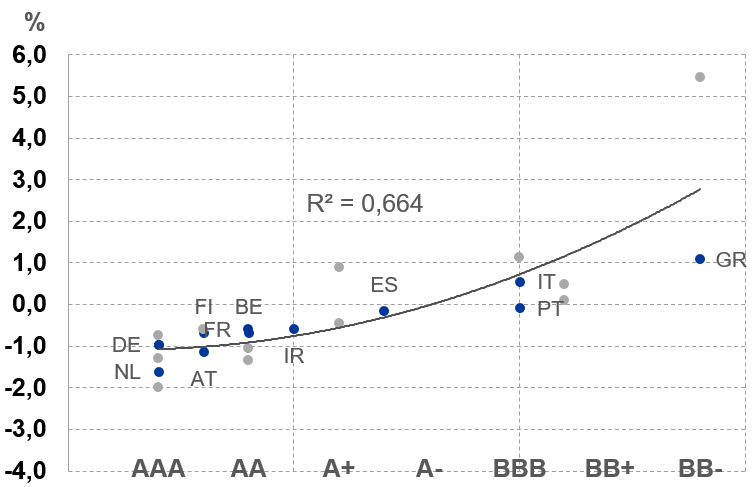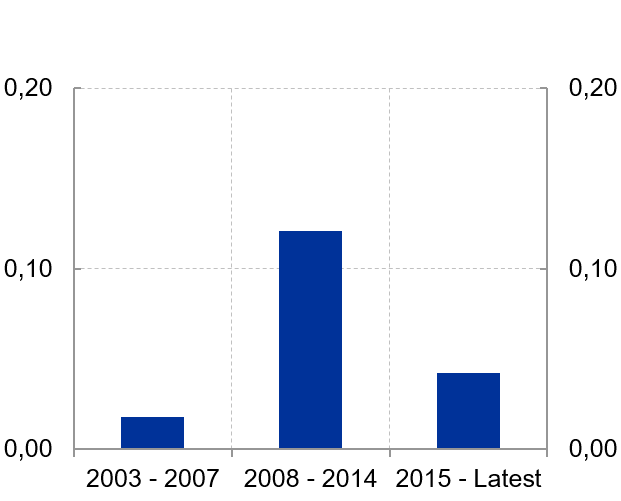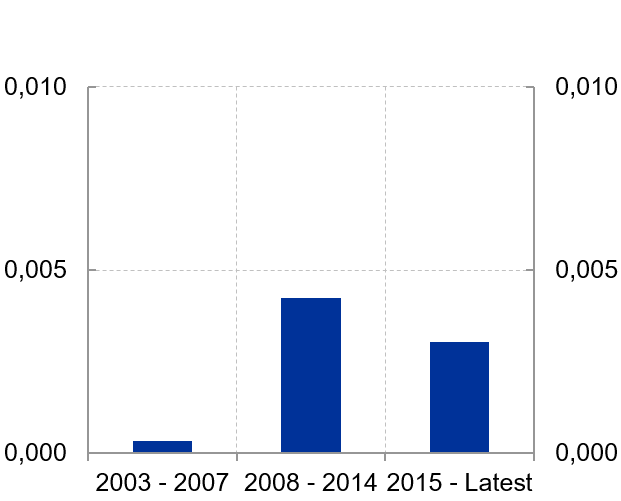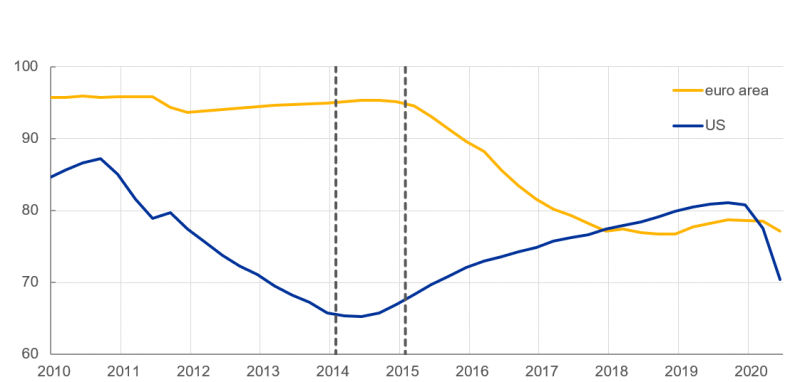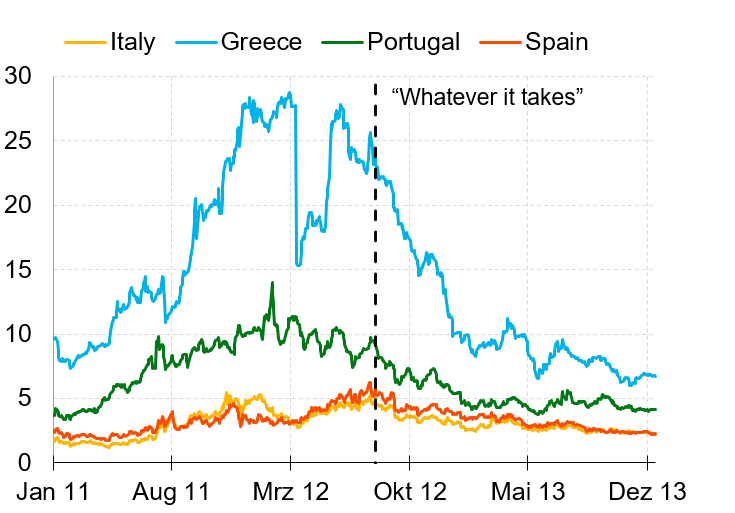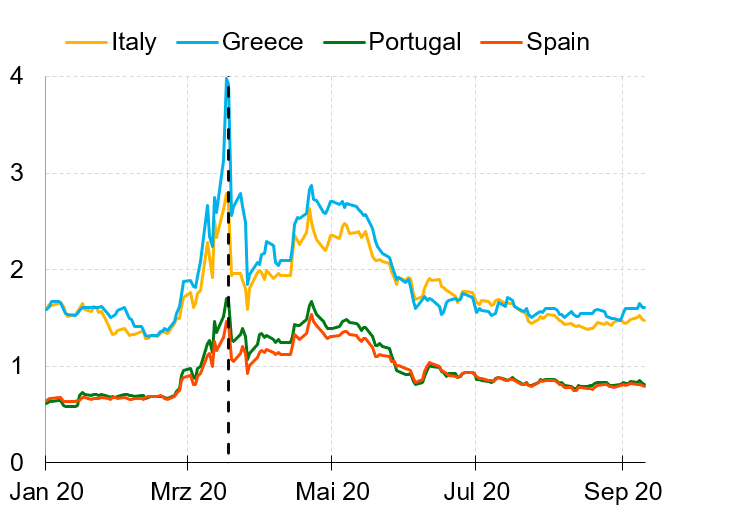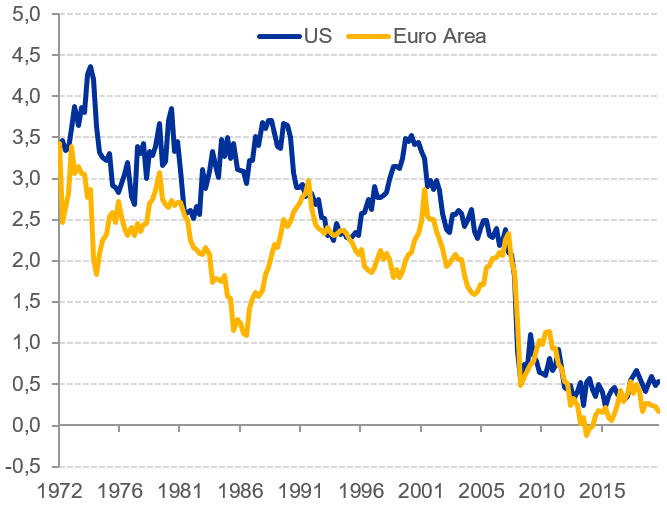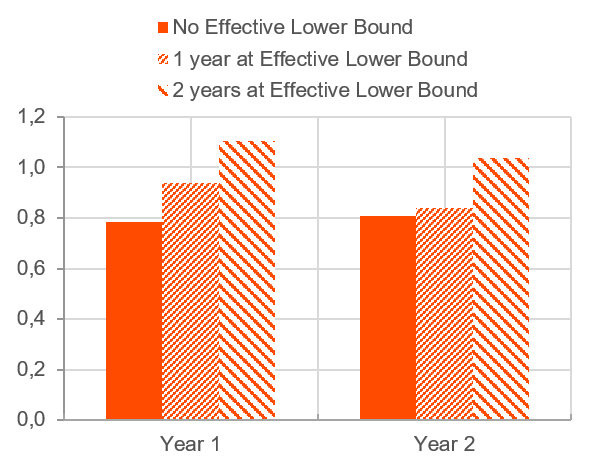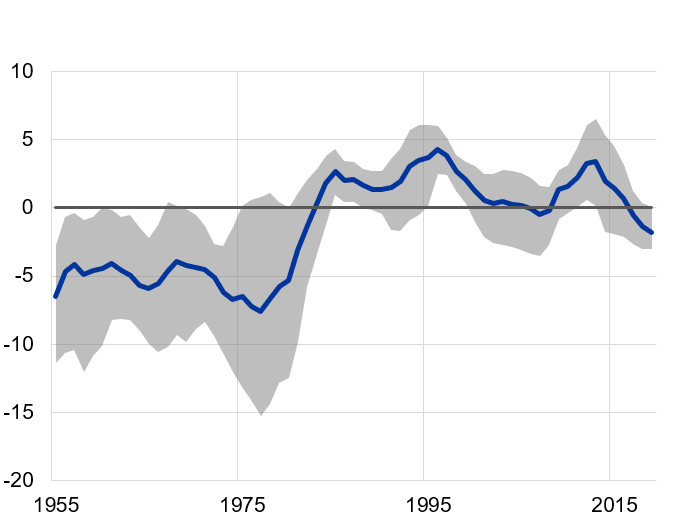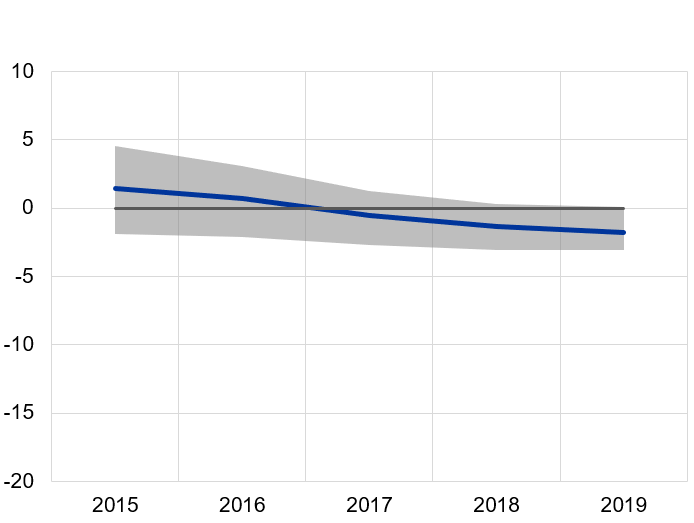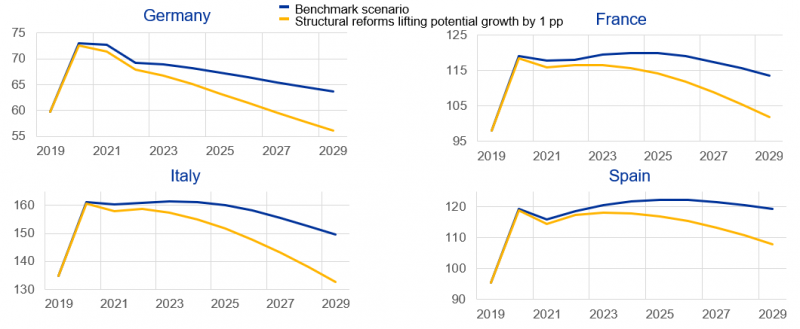Isabel Schnabel is a member of the Executive Board of the European Central Bank (ECB) where she is responsible for Market Operations, Research and Statistics. Before joining the ECB, she was Professor of Financial Economics at the University of Bonn (currently on leave) and spokesperson of the Cluster of Excellence “ECONtribute: Markets & Public Policy”. From 2014 to 2019 she served as a member of the German Council of Economic Experts, and in 2019 she was Co-Chair of the Franco-German Council of Economic Experts. Isabel Schnabel received her doctorate from the University of Mannheim and served as Senior Research Fellow at the Max Planck Institute for Research on Collective Goods in Bonn. She was a visiting scholar at the International Monetary Fund (IMF), the London School of Economics, and Harvard University. From 2007 until 2015 she was Professor of Financial Economics at Johannes Gutenberg University Mainz. In 2018 she was awarded the Gustav Stolper Prize of the Verein for Socialpolitik, the association of German-speaking economists. Her research focuses on financial stability, banking regulation, international capital flows and economic history.


